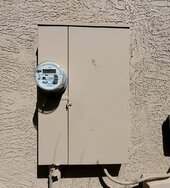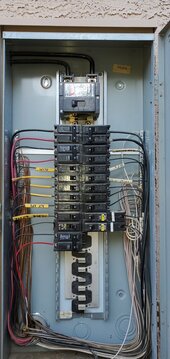tacomaguy20
New Member


I'm working on designing my system and I was considering purchasing the new Growatt Hybrid SPH 10000TL-HU-US system or I might go with EG4 18K and I've been watching some videos and reading about connecting inverters to the grid. However, I was unclear on how to hook up a panel like mine to one of these inverters. My panel is connected directly to the meter so I don't know if it's even possible to hook up a disconnect between the meter and the main panel breaker. I do not have a separate subpanel (critical load panel) either and so I'm assuming that I'd either need to install one or hook up connection directly to my main panel. I believe I can hook up a breaker and connect the inverter directly into the panel and the extra power generation will backfeed the grid but is it possible to control time of use hours if connected this way? I would like to run on solar generation/batteries during certain hours of the day and charge batteries when not on peak hours and then backfeed once the batteries are full. Suggestions on how to hook this up would be appreciated.




